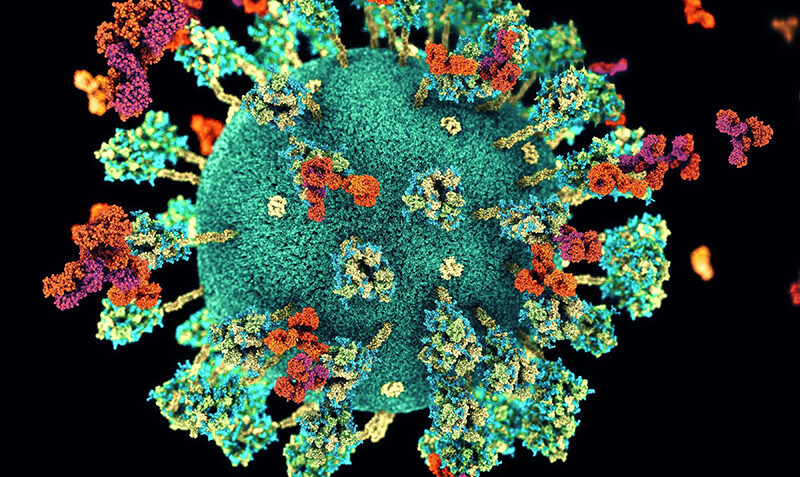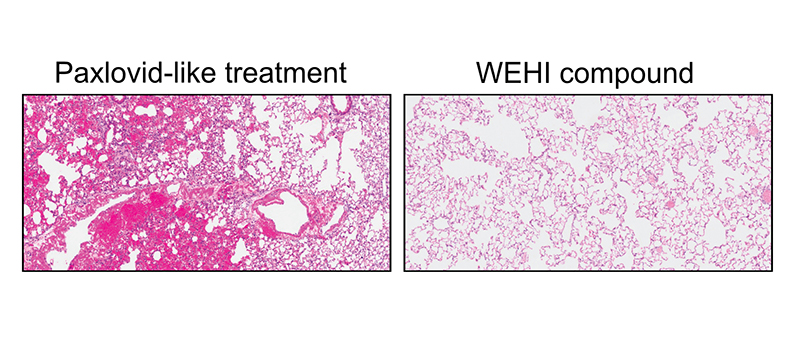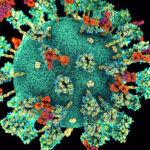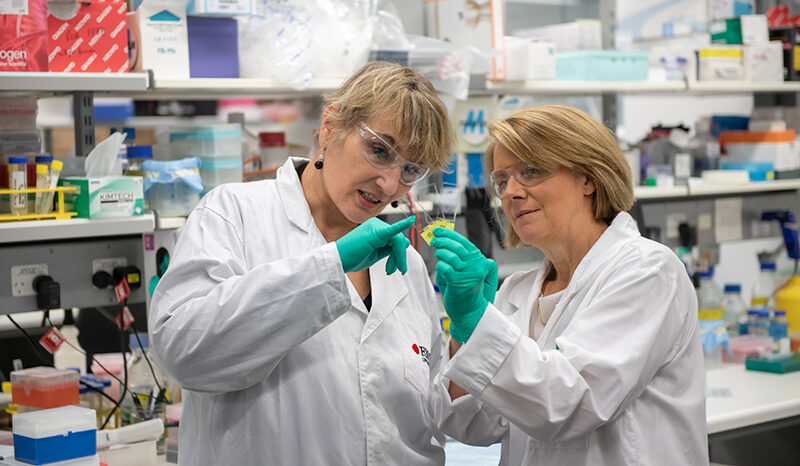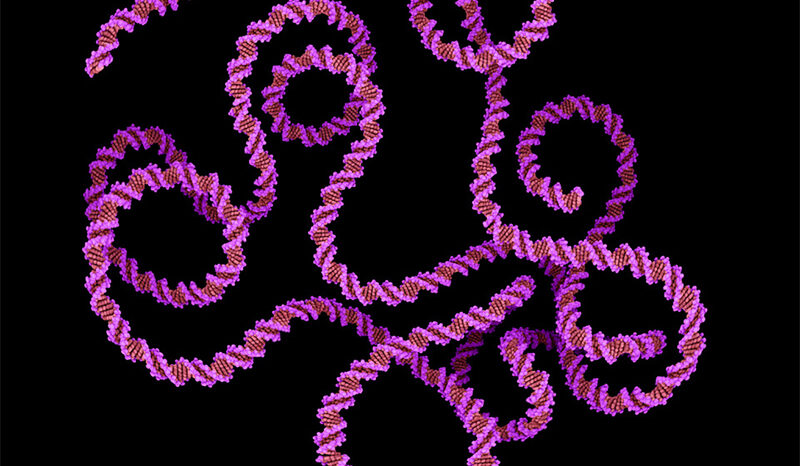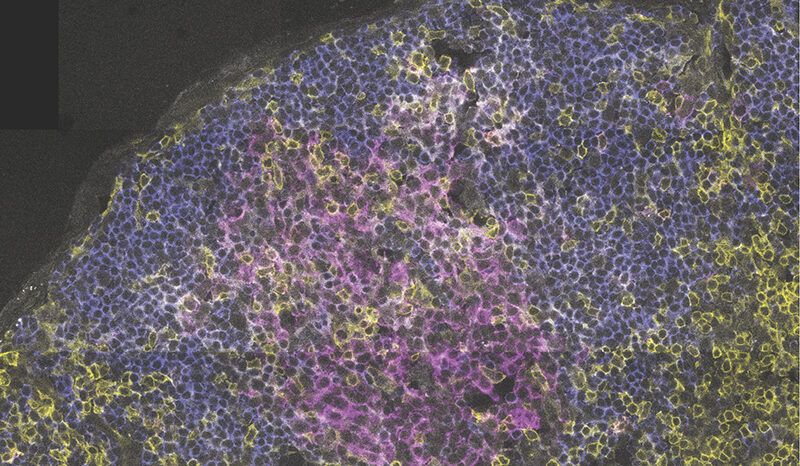Long COVID, also known as post-acute sequelae of COVID-19 (PASC), is a chronic condition characterised by symptoms that last for weeks or months after contracting COVID-19.
It is a significant health burden that remains poorly understood – with symptoms ranging from breathing difficulties, brain fog and chronic fatigue.
Despite millions of people worldwide reporting these symptoms, the cause of long COVID remains largely unknown and there is no approved treatment for the disease.
Corresponding author and WEHI Laboratory Head, Dr Marcel Doerflinger, said the landmark results could be a turning point in the hunt for treatments to support people at risk of developing this condition.
“With 5% of people who contract COVID-19 going on to develop long COVID, the disease has morphed into a silent pandemic where millions are battling symptoms with more questions than answers,” Dr Doerflinger, said.
“Our pre-clinical studies have achieved something no currently approved therapy has done to date – preventing the most debilitating symptoms of long COVID in mice.
“While more research is needed to develop a drug that can be used in humans, seeing these milestone results in the unique mouse models developed at WEHI suggests this could be a real possibility in the future, which is incredibly exciting.”






